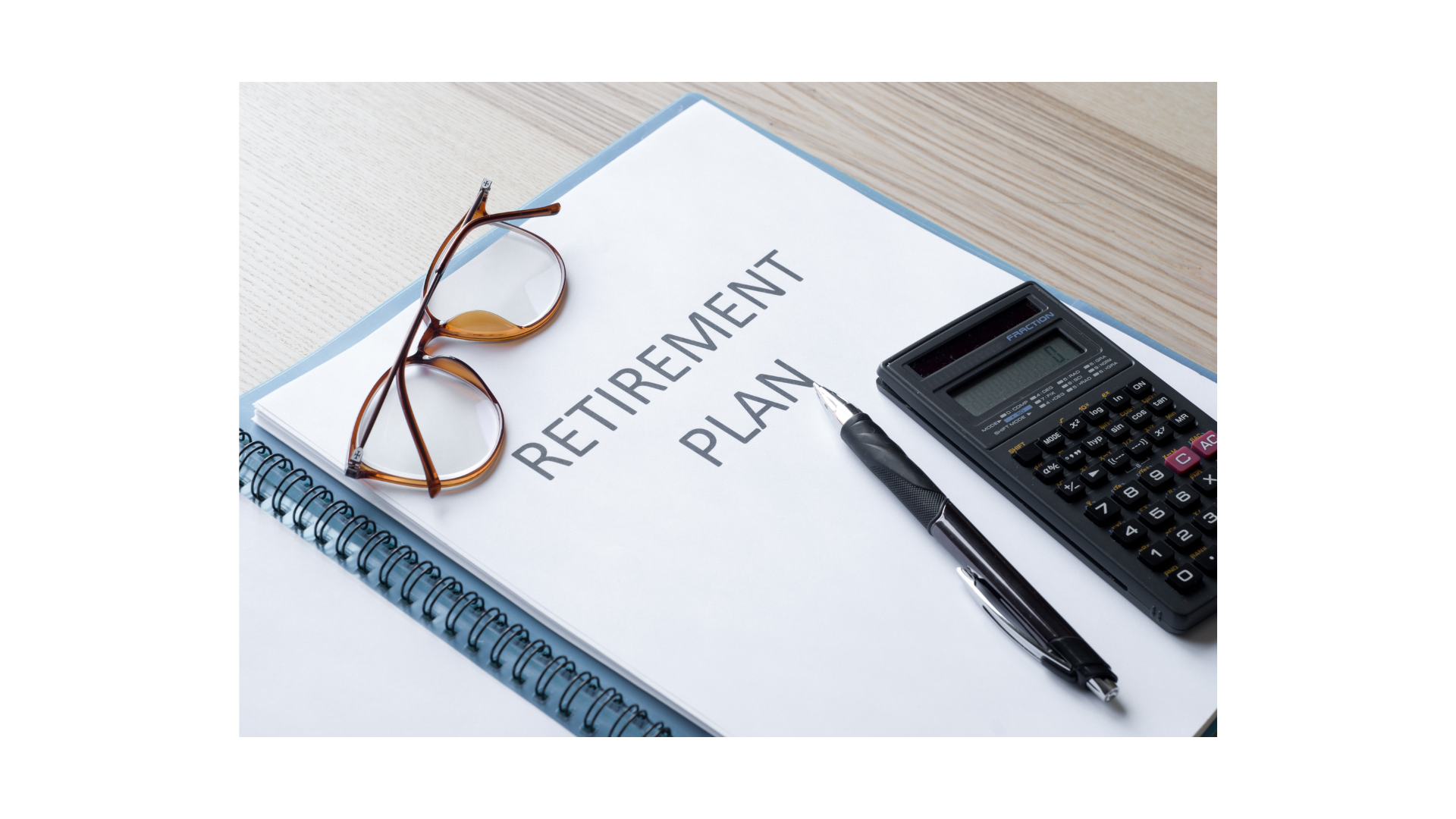Find That Lost Retirement Account
Do you have a long-lost retirement account left with a former employer? Maybe it’s been so long that you can’t even remember. With over 24 million “forgotten” 401(k) accounts holding roughly $1.35 trillion in assets, even the most organized professional may be surprised to learn that they have unclaimed “found” money.1
What Are “Forgotten” Retirement Accounts?
Considering that baby boomers alone have worked an average of 12 jobs in their lifetimes, it can be all too easy for retirement accounts to get lost in the shuffle.2 Think back to your first job. Can you remember what happened to your work-sponsored retirement plan? If you’re even slightly unsure, then it’s time to go looking for your potentially forgotten funds.
Starting Your Search
One of the best ways to find lost retirement accounts is to contact your former employers. If you’re unsure where to direct your call, try the human resources or accounting department. They should be able to check their plan records to see if you’ve ever participated. However, you will most likely be asked to provide your full name, Social Security number, and the dates you worked, so be sure to come prepared.
If your former employer is no longer around, look for an old account statement. Often, these will have the contact information for the plan administrator. If you don’t have an old statement, consider reaching out to former coworkers who may have the information you need.
Even if these first steps don’t turn up much info, they can help you gather important information.
Websites to Check
Next, it’s time to take your search online. Make sure you have as much information as possible at hand and give the following resources a try.
National Registry of Unclaimed Retirement Benefits
This database uses employer and Department of Labor data to determine if you have any unpaid or lost retirement account money. Like most of these online tools, you’ll need to provide your Social Security number, but no additional information is required.3
FreeERISA
If your forgotten account was worth more than $1,000 but less than $5,000, it might have been rolled into a default traditional Individual Retirement Account (IRA). Employers create default IRAs when a former employee can’t be located or fails to respond when contacted. You can search for retirement and IRA accounts for free using this database, but registration is required.4
Once you reach age 72, you must begin taking required minimum distributions from a traditional IRA in most circumstances. Withdrawals from traditional IRAs are taxed as ordinary income and, if taken before age 59½, may be subject to a 10 percent federal income tax penalty.
The U.S. Department of Labor
Finally, the Department of Labor tracks plans that have been abandoned or are in the process of being terminated. Try searching its database to find the qualified termination administrator (QTA) responsible for directing the shutdown of the plan.5
What’s Next?
Once you’ve found your retirement account, what you do with it depends on the type of plan and where it’s held. Your location also matters. Depending on where you live, the rules and regulations may differ.
No matter what you decide to do, be sure to involve your tax and financial professionals since they’ll be informed on current regulations for your state. They can also help you identify a strategy for your newfound money: travel, investment, or maybe that vacation home you’ve always wanted. You worked hard for that money, after all, so you should get to enjoy it!
1. Kiplinger.com, August 27, 2021
2. USNews.com, October 22, 2021
3. UnclaimedRetirementBenefits.com, 2022
4. FreeERISA.BenefitsPro.com, 2022
5. DOL.gov, 2022
The content is developed from sources believed to be providing accurate information. The information in this material is not intended as tax or legal advice. It may not be used for the purpose of avoiding any federal tax penalties. Please consult legal or tax professionals for specific information regarding your individual situation. This material was developed and produced by FMG Suite to provide information on a topic that may be of interest. FMG, LLC, is not affiliated with the named broker-dealer, state- or SEC-registered investment advisory firm. The opinions expressed and material provided are for general information, and should not be considered a solicitation for the purchase or sale of any security. Copyright FMG Suite.


Iowa
4200 University Avenue, Suite 200
West Des Moines, IA 50266
800-677-1529
Securities offered through LPL Financial, Member FINRA/SIPC. Investment advisory services offered through Global Retirement Partners, LLC dba AssuredPartners Financial Advisors, an SEC registered investment advisor. AssuredPartners Financial Advisors and LPL Financial are separate non-affiliated entities.
GRP Advisor Alliance is an independent network of retirement plan focused advisors. GRP Advisor Alliance is not affiliated with or endorsed by LPL Financial.
The financial professionals associated with LPL Financial may discuss and/or transact business only with residents of the states in which they are properly registered or licensed. No offers may be made or accepted from any resident of any other state.









